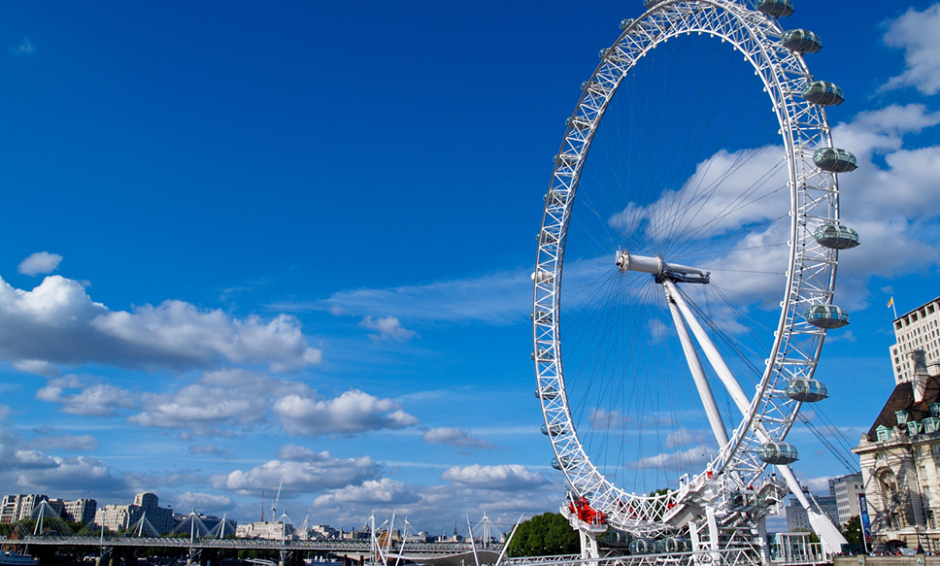Percutaneous nephrolithotomy (PCNL) has become the treatment of choice for large and staghorn renal calculi. The technique is classically performed in the prone position but the debate over which is the optimal patient position and the optimal puncture site is ongoing. The supine position has been found to be safe and effective,1 but many studies have discouraged the supracostal approach because of the risk of intrathoracic complications. Therefore, we decided to assess the safety and feasibility of supracostal access for PCNL in the modified supine position. The position has been described in detail in a previous article.2 Data from 96 patients with supracostal access (Group 1) were collected and compared to those from 100 patients with subcostal access (Group 2). Patient and stone characteristics were similar in both groups. The puncture was above the 12th rib in 76 patients (79.1%) and above the 11th rib in 20 cases (20.8%). Operative time and hospital stay was not significantly different between the two groups. There was also no significant difference in complications according to the Clavien–Dindo Classification between the two groups. There were no Grade-IVb or Grade-V complications. No instances of haemothorax, pneumothorax, nephropleural fistula, or renal artery pseudoaneurysm were noted. The stone free rate was 96.6% and 97.1% in Group 1 and Group 2, respectively (p=0.13).
The discussion after the presentation considered the advantages of the modified supine position. We stated that the main advantage was that when the colon fell, there was less risk of colon injury. Other advantages were shorter operative time because there was no need for a position change, reduction of radiation exposure, less cardiovascular and respiratory risks, passive evacuation of liquid, and small fragments due to the horizontal position of the Amplatz Sheath.
At the end of the session we concluded that supracostal PCNL is feasible, effective, and safe. Supra PCNL should be attempted when indicated (e.g. staghorn and proximal ureteral calculi, calculi within a caliceal diverticulum). Nevertheless, the chairman of the session stated that the risk of lung or pleural injury increases above the 11th rib and this should be taken into consideration while performing supracostal access.








